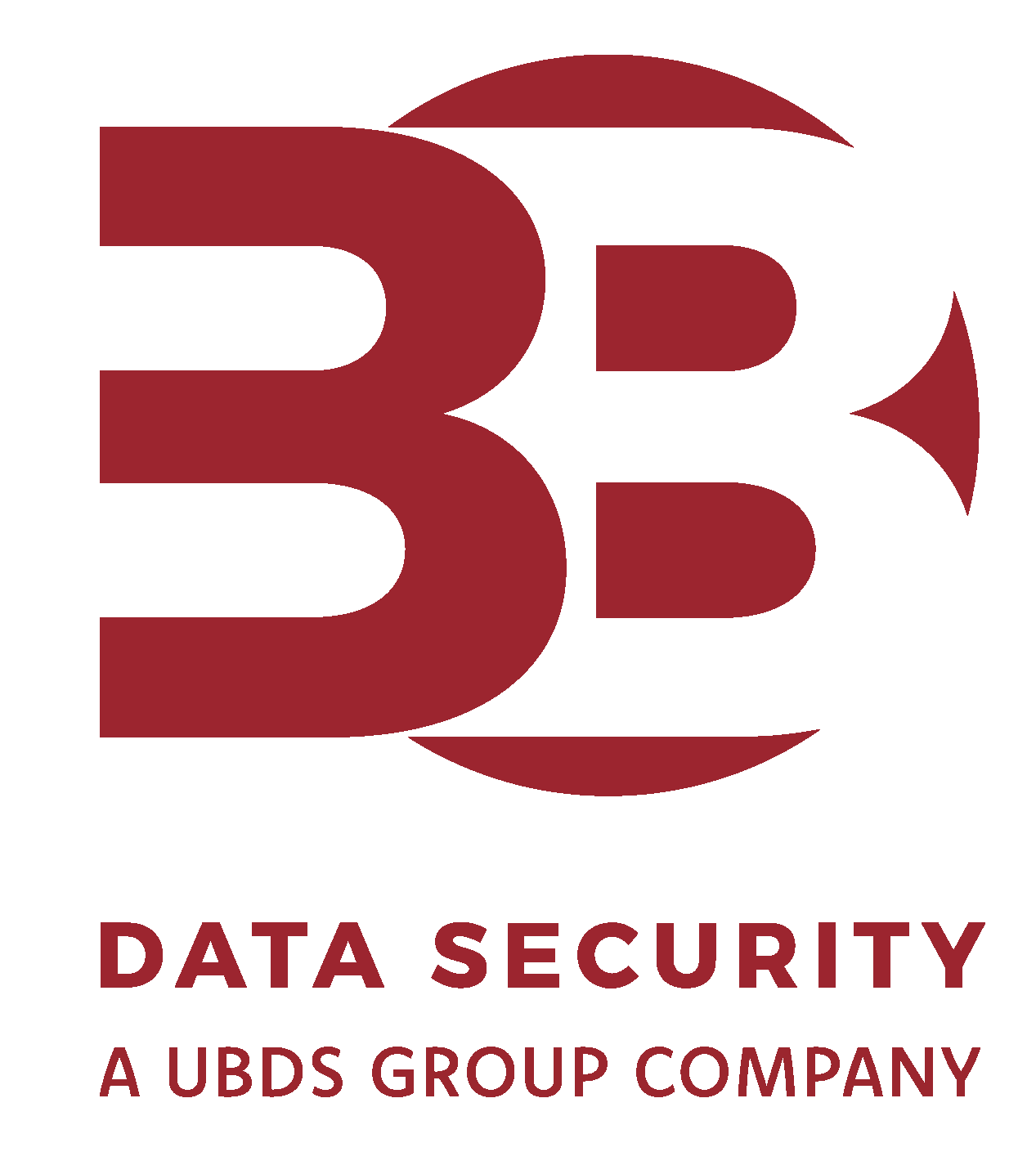The Internet of Things (IoT) is transforming how businesses work by connecting everyday objects to the internet, enabling them to send and receive data. This technology boosts efficiency and allows for advanced data analysis.
However, the more devices we connect, the more we open ourselves up to potential security threats. Protecting against these risks is essential for businesses to keep their data safe, maintain their customers’ trust, and ensure smooth operations.
As IoT becomes more common, the risk of cyber attacks grows, putting both business and customer information at risk. It’s vital for companies to take strong security measures seriously. This means not only looking after the data but also following rules and standards set to keep information safe.
In this blog post, we take a look at the common security risks facing IoT devices, and preventative measures you can take to mitigate them.
Common IoT Security Risks
Unauthorised Access
Unauthorised access represents a significant threat to IoT ecosystems. This can occur through weak authentication mechanisms, allowing attackers to gain control over devices. Once inside, they can steal sensitive data, manipulate device functionality, or use the device as a gateway to further attacks within the network. The consequences can range from privacy violations to operational disruptions and financial losses.
To combat this risk, it’s crucial to implement robust authentication methods. Two-factor authentication (2FA) adds an extra layer of security by requiring a second form of verification beyond just a password. Biometric data, such as fingerprints or facial recognition, can also enhance security. Regular password updates and the use of complex, unique passwords for different devices help prevent brute force attacks and unauthorised entry.
Network Security
IoT devices connected to a network can serve as entry points for attackers. Once an IoT device is compromised, the attacker can move within the network, potentially gaining access to sensitive systems and data. This can lead to widespread security breaches affecting not only the IoT ecosystem but also critical business operations.
Network segmentation is a key strategy, isolating IoT devices in separate network zones to limit the spread of potential attacks.
Employing firewalls and intrusion detection/prevention systems can further safeguard networks by monitoring and controlling incoming and outgoing network traffic based on an applied rule set, and by identifying and responding to suspicious activities.
Data Privacy
IoT devices often collect vast amounts of data, some of which can be highly sensitive. If this data is exposed due to inadequate security measures, it can lead to significant privacy breaches, legal repercussions, and damage to an organisation’s reputation. The risk is increased when devices unnecessarily collect or retain data without proper safeguards.
Encrypting data both in transit and at rest is fundamental to protecting privacy. Encryption transforms the data into a coded format that is unreadable without the appropriate decryption key, securing it from unauthorised access.
Additionally, organisations should adopt data minimisation practices, collecting only the data that is absolutely necessary for the intended purpose and securely disposing of it when it’s no longer needed.
Firmware and Software Vulnerabilities
IoT devices operate on firmware and software that, if outdated, can contain exploitable vulnerabilities. Cyber criminals actively seek out these vulnerabilities to launch attacks, which can compromise device integrity and functionality.
Regularly updating and patching IoT devices is critical to mitigating this risk. Manufacturers often release software updates to address known vulnerabilities. By keeping the device firmware and software up to date, organisations can protect against exploitation. Automated updates can ensure timely application of patches without manual intervention, maintaining security with minimal disruption.
Insecure Interfaces
The interfaces that allow users to interact with IoT devices, such as web portals, APIs, cloud platforms, and mobile apps, can be vulnerable to attacks if not properly secured. These vulnerabilities can provide attackers with access to device configurations, sensitive data, and the ability to issue unauthorised commands.
Regular security assessments of all interfaces are essential to identify and rectify vulnerabilities. Implementing strong encryption methods for data transmission and requiring authentication for access control are key measures. Additionally, the principle of least privilege should be applied, ensuring that users have only the access necessary for their role.
Non-Compliance
The Product Security and Telecommunications Infrastructure (PSTI) Act 2022 sets a new standard for the security of consumer smart products. With its implementation, IoT devices that fail to comply with its requirements face not only the risk of cyber attacks but also legal and financial penalties. This legislation aims to ensure that all consumer smart products sold have robust security measures in place to protect against cyber threats.
To comply with the PSTI Act 2022, manufacturers and businesses must ensure their products meet the specified security guidelines. This includes the implementation of measures to prevent unauthorised access, ensuring that software is regularly updated, and that personal data is protected.
Businesses should conduct thorough assessments of their products to identify and rectify any compliance gaps. Additionally, conducting regular compliance audits will be essential for maintaining adherence and avoiding penalties.
Keep Your IoT Devices Cyber Secure and Compliant
Understanding and addressing these common IoT security risks are fundamental steps in securing IoT devices and the networks they operate within. By implementing these prevention strategies, organisations can significantly reduce their vulnerability to attacks.
The landscape of IoT security is complex, and keeping up with the latest threats and compliance requirements can be challenging. This is where our expertise comes into play. The team at 3B Data Security are dedicated to helping businesses secure their IoT environments, offering tailored solutions that not only meet current security standards but also anticipate future vulnerabilities.
Get in touch with us today to discover how we can help secure your IoT devices, and improve your resilience against cyber threats.







